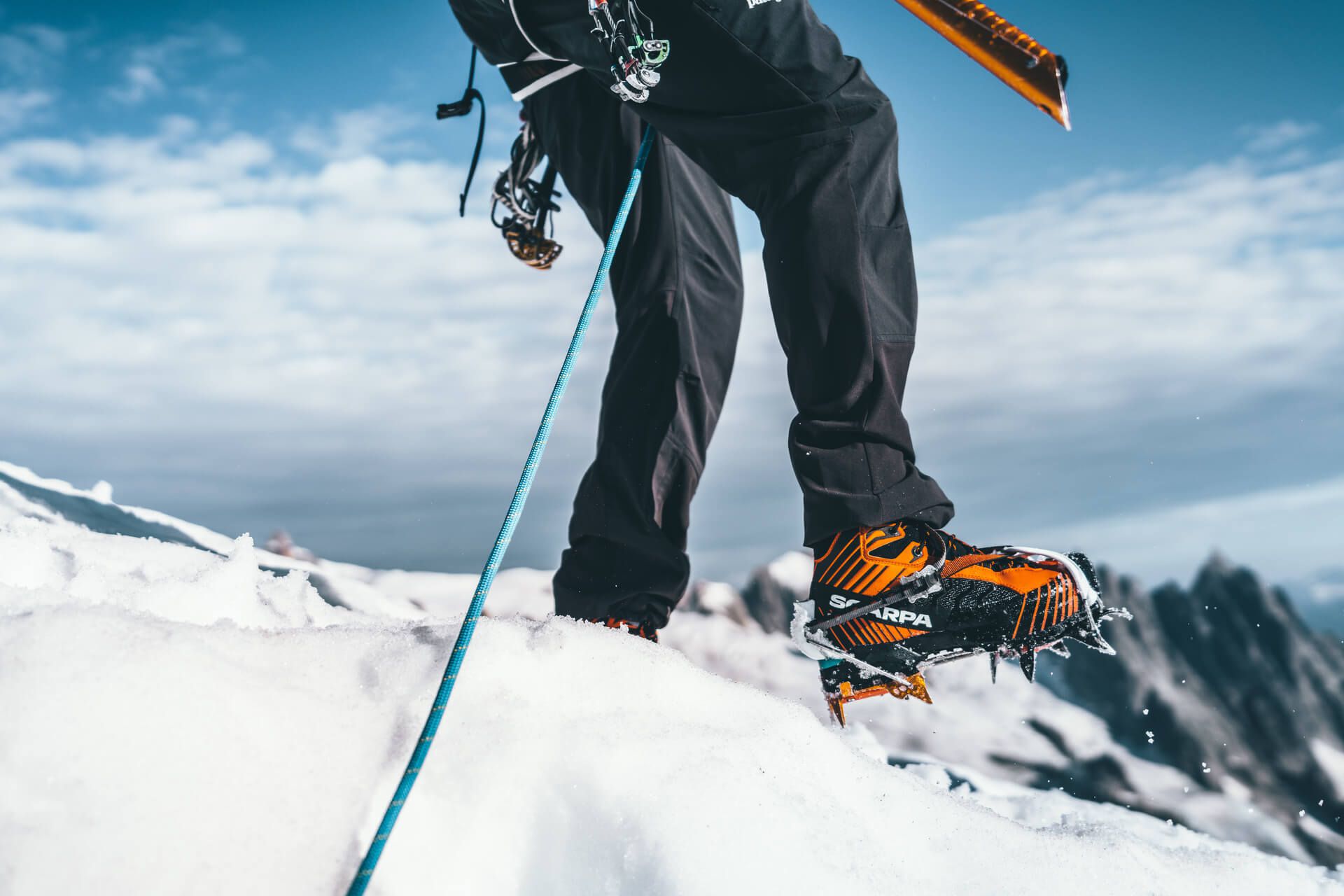HDRY PATENTED ‘3D DIRECT LAMINATION’ TECHNOLOGY MAKES FOOTWEAR WATERPROOF BY SEALING THE UPPER SO NO WATER GETS IN
The HDry waterproof breathable membrane is directly laminated to the inner side of the upper sealing the material and all seams. Shoe lasting and outsole application completes shoe waterproofing.
Thanks to these unique features, HDry enhances footwear comfort and performance. Particularly when compared with the standard waterproof 'bootie' system where the membrane is combined with the lining and separated from the upper layer, leaving a cavity for water to penetrate and stagnate: shoes get soaked and breathability is reduced by the water layer.









